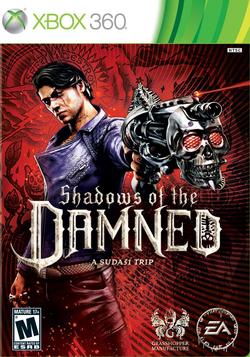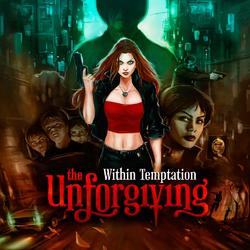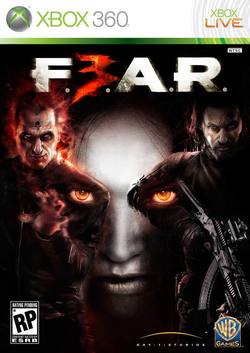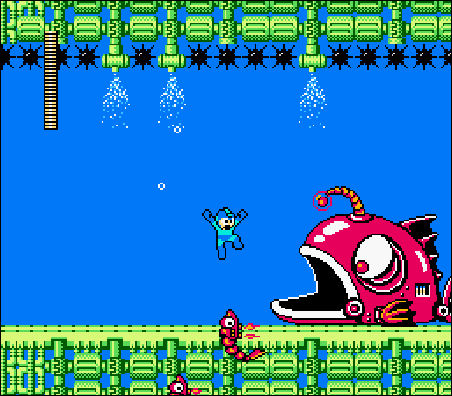Shadows of the Damned Review
 Fri, July 8, 2011 at 5:55 PM
Fri, July 8, 2011 at 5:55 PM  Shadows of the Damned is immature, occasionally frustrating, unpolished in spots, and, most importantly, oodles of fun. It’s the type of game that’s going to make you work a bit to enjoy it, but for a certain type of gamer it will be more than worth the effort.
Shadows of the Damned is immature, occasionally frustrating, unpolished in spots, and, most importantly, oodles of fun. It’s the type of game that’s going to make you work a bit to enjoy it, but for a certain type of gamer it will be more than worth the effort.
Much has been said of the dream team of sorts that came together to develop Shadows of the Damned. Suda 51, known for such wonderfully bizarre titles as Killer 7 and No More Heroes, acted as Executive Director and Writer. Shinji Mikami, creator of the Resident Evil series, was the “Creative producer”, whatever that means. Finally, Akira Yamaoka, sound designer for the Silent Hill series, worked as the sound designer. This trio of talent, with the help of the rest of the folks at Grasshopper Manufacture, created a game that clearly shows the influence of all of its creators.
Your character is named Garcia Hotspur. His precious girlfriend, Paula, gets brutally murdered and then kidnapped (yes, in that order), by Fleming, lord of the underworld. He’s hard to miss - just look for the dude with three skulls stacked on top of one another. Garcia, of course, must delve into the underworld to come to Paula’s rescue. Luckily he happens to be a demon hunter already, so he knows how to kick some ass.
The setup is basic, but the magic is all in the execution. The gritty grindhouse aesthetic and knowingly immature writing make something that’s both gory and extremely cheesy at the same time, like all of the best B-movies. Whether Garcia is threatening to carve his name into some demonic baddie in his thick Latin accent or traversing the shadowy depths by using the writhing, half-naked form of his giant girlfriend as a bridge, the straight delivery of the absurd material is sure to have you cracking a smile. A certain tolerance for dick jokes and stupid humor is very much required (your phallic gun slash constant companion is named Johnson quite deliberately), but it only rarely becomes too much. I usually have a relatively low tolerance for dumb laughs and I found most of Shadows of the Damned’s writing plenty entertaining.
Anyone who has played No More Heroes might expect nothing less than absurdly humorous greatness from Suda 51, but the best part of Shadows of the Damned is that lurking behind the entertaining facade is a game that’s actually fun to play.





